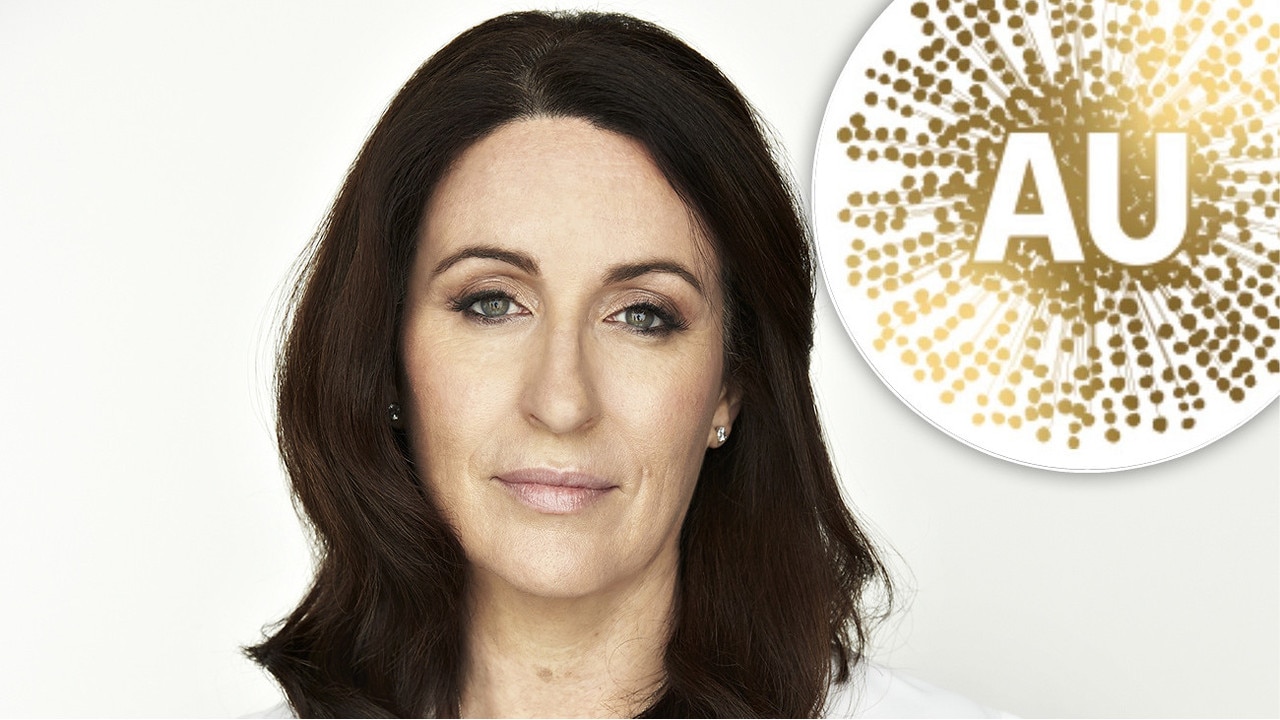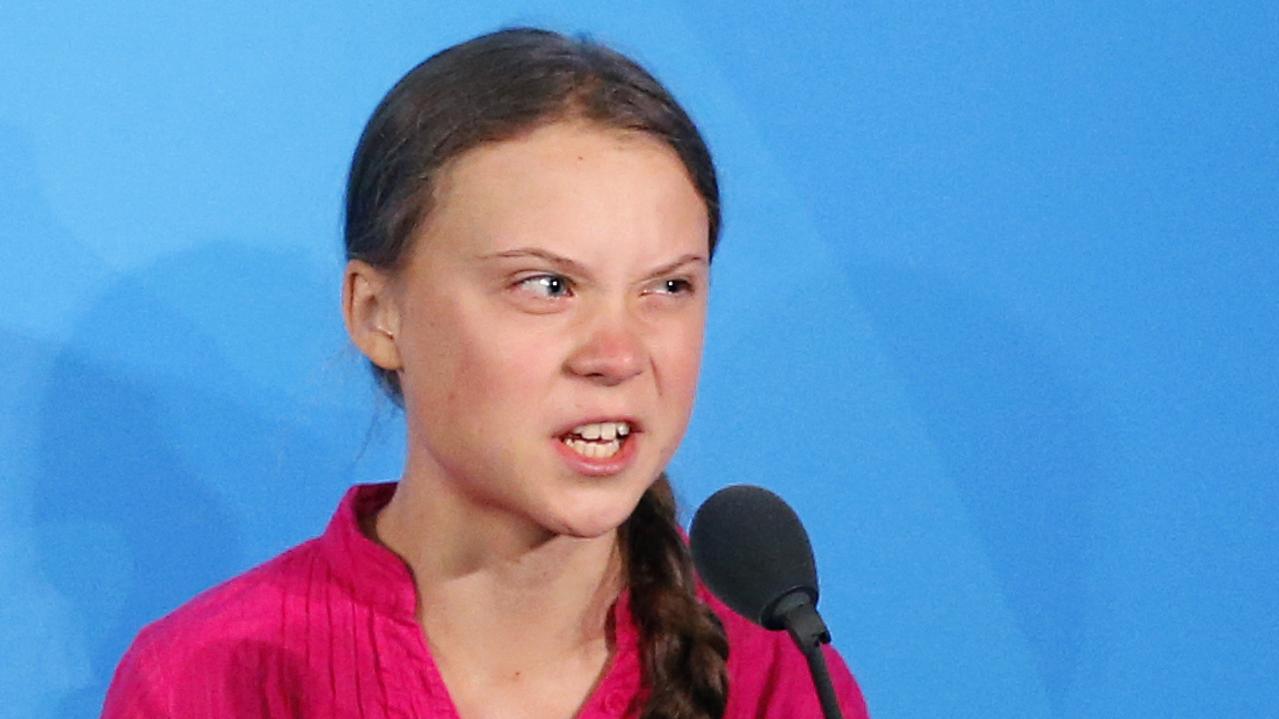Frances Whiting: Our children are suffering. Mobile phones make it worse
A huge spike in the number of children calling Kids Helpline with mental health issues should be a wake up call. I, for one, believe mobile phones are to blame for this crisis, writes Frances Whiting.
I have been a Kids Helpline (KHL) Ambassador for 15 years.
I’ve seen first-hand the work they do, I’ve met some of the 8 million (at last count, in 2018) kids who have rung its free, around-the-clock, confidential counselling service, and I have had the privilege of witnessing lives not just changed, but saved by it.
I have been in the room when a Kids Helpline teenager (homeless, abused, poor and smart as a whip) met the counsellor in person who had, in phone call after phone call, kept her going and got her — somehow — through high school.
“Thank you”, she said, head bowed.
“No, thank you”, the counsellor replied, “for trusting me to help you”.
I’ve seen how they do this, this business of helping kids.
Of talking kids down from the ledge, or out the front door of their broken home to safety.

I’ve seen how they get kids who believe that they are nothing because that is what they have been told their whole lives, to believe they are something.
So when Kids Helpline says our kids are in trouble, when they quietly — because that is their way of doing things — raise a hand to say that they’ve noticed a significant increase in the numbers of kids calling their service, with equally significant mental health issues, we should listen.
This is an organisation which spends its every waking hour — literally — listening to kids — so it’s timely, at the start of national Mental Health Month to start listening to them.
And what the Kids Helpline’s just-released figures tell us is that 39,812 Australian children and young people aged between 5 and 25 years contacted the service last year with mental health, emotional wellbeing and suicide related concerns.
RELATED: Bullying victims get online counselling
These are kids desperate enough to pick up the phone and ask a complete stranger to please help them. And most of them do say please, by the way, no matter how distraught they are.
These mental health issues (recorded by KHL counsellors from January to December 2018) accounted for 59.2 per cent of all the contacts with the organisation.
That’s a sea of our young people in trouble, especially when we couple the KHL statistics with the recent Australian Bureau of Statistics figures that show that in the last 10 years, suicide rates for all those under 25 years have increased by 32 per cent — from 497 deaths nationwide to 727.

So what is happening to our young Australians? Why is their mental health being compromised at such worrying rates?
Well, to connect some of the blindingly obvious dots, let’s also listen to the KHL counsellors who began noticing and recording increasing incidences of cyber-bullying from early 2016.
The counsellors began taking note of, then writing down, these newer concerns, and you or I don’t have to be a KHL counsellor to know that our kids are dealing with far more complex and sophisticated forms of bullying than we ever did.
It’s why KHL have introduced — as reported by The Courier-Mail yesterday — virtual, introductory counselling services in our schools. And it’s why 12,000 Queensland school students have accessed the service, called the Optus Digital Thumbprint with Kids Helpline, in the last 12 months.
MORE FROM FRANCES: Bullied kids don’t need to change a thing, John Marsden
They are accessing it to talk about being called names, shamed, threatened and mocked on their phones, or worse — being excluded online, removed from group chats, vanishing, for that is what it feels like to a 13-year-old girl — off the face of the Earth.
Or they call to talk about just feeling overwhelmed by pressure to look a certain way, to take the right selfie at the right angle, to not accidentally text something that just might cause World War III among their peer group.

There are so many social media traps for our kids to haplessly fall into we should be sending them out there in full combat gear — instead, we hand them the weapon.
KHL and Queensland schools report there has been a dramatic increase in the last 10 years of the number of primary school children being given a mobile phone.
It used to be the exception, it’s increasingly becoming the norm.
And for my money, it’s this digital connection between the dots we still have a hope in hell of short circuiting.
MORE FROM FRANCES: Good riddance to the sexist school skirt
It’s unrealistic to ban devices — that horse has well and truly bolted — and there are, most certainly, some positive aspects to growing up as a digital native.
But I don’t think we should be handing them over to primary school children.
Let’s give them a year or two more to feel comfortable in their own skin, so that when the day comes (and it will come for many) when their world is dictated by how many “likes”, they get, they at least have the safety net of liking themselves first.
Kids Helpline: Freecall 1800 55 1800
The federal and state governments fund 20 per cent of Kids Helpline, the other 80 per cent is funded largely by Yourtown art union tickets ($15 each).
To purchase visit www.yourtown.com.au


